In 1891, the Salvation Army established a Home Farm Colony in Hadleigh where the Hadleigh Downs Country Park lies today. The Salvation Army Jetty was used in the early 1900s to load off and on goods, mainly bricks, made at the Salvation Army brickworks located at the bottom of Chapel Lane. The bricks were then taken by train over to the jetty to be shipped by barge, at the lower seawall which also exists today still bearing an impressive anchor attached to the end. A narrow-gauge North-South railway crossed over the West-East transport railway which is the currently in-use today by C2C. This narrow railway would have crossed over the top of the general-use railway going in the opposite direction via a viaduct bridge. Although its top is now gone, the red brick viaduct survives with the two brick supports either side of the public railway line. Over at Hadleigh & Thundersley Community Archive you can read much more about the Salvation Army colony and the railway here. You can read an introduction into the story of the Salvation Army, its founder William Booth, and the Essex home farm colony here.
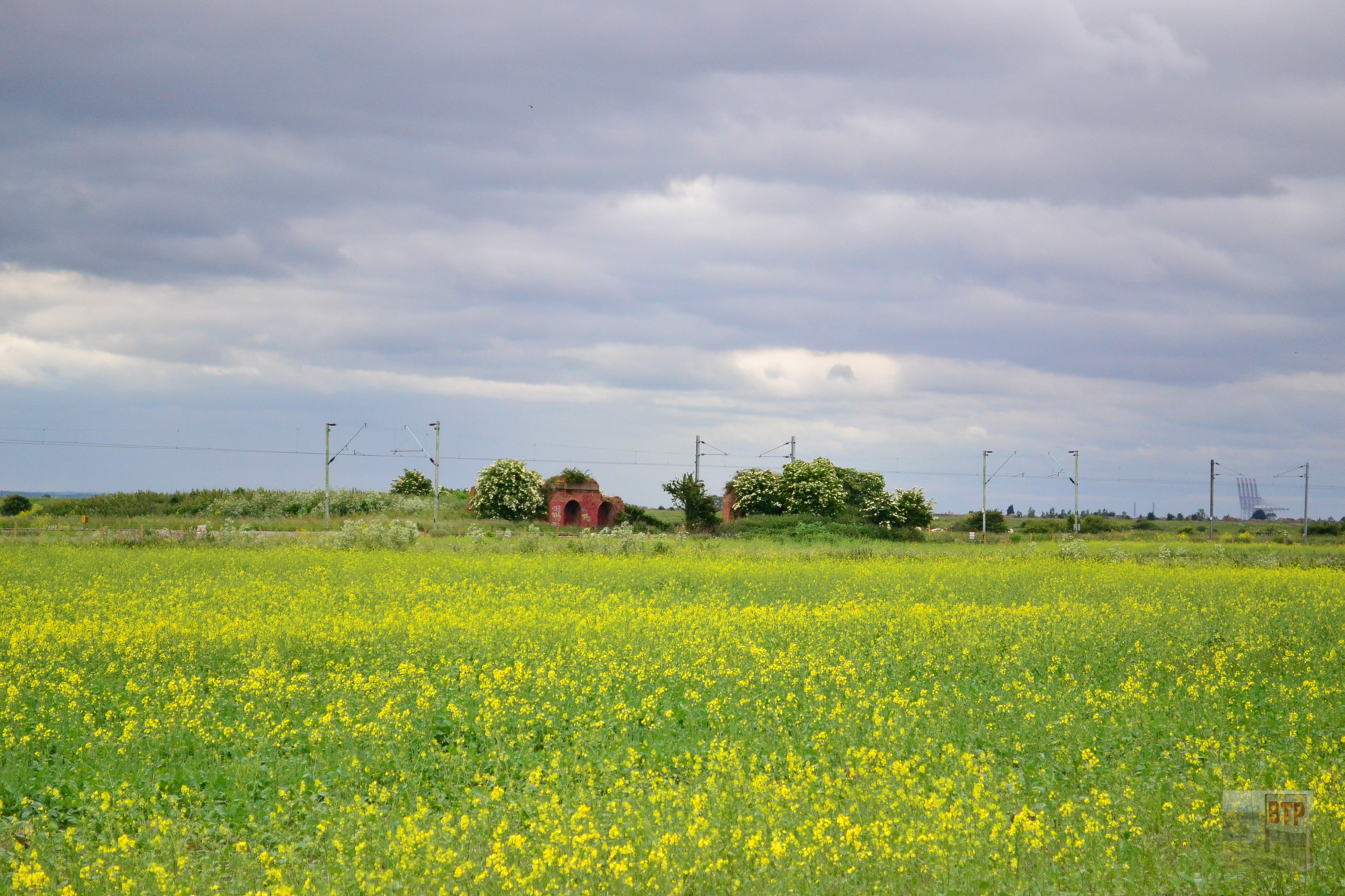
Another interesting feature of note is that a dump used to exist on Hadleigh Marsh in the area surrounding the viaduct today which is now crop fields. A great deal of very old pottery can still be found littering the soil all around the viaduct. The dump’s exact age is uncertain, although it was of Victorian origin and was later flattened out when the earthern seawalls to the south were erected, maybe some time in the late-19th or early 20th Century. The dump could have been part of William Booth’s scheme to take goods from the colony to sell in London and bring back both manure for fertiliser and rubbish which could be repurposed or used to fire the brickwork kilns. Perhaps some of this rubbish from the London streets was dumped directly onto the marsh, although some of the unburnable ‘hard core’ was used around the colony to create pathways and the railway bridge embankment – which would explain where the material came from. As late as the 1970s, local children would often dig into the embankment of the viadcut and the fields around to see what they could find from the Victorian tip, such as bottles and toothpaste lids or even china dolls’ heads. Please contact us with any clarification or memories of this dump.
The Jetty
Dump Site & Viaduct
The brickworks railway bridge was completed in 1892. The London, Tilbury and Southend Railway Company (LTSR) made the colony build this bridge unnecessarily wide over their track than was needed, and this added to a 50% increase to the cost of the entire narrow-gauge line. Presumably it would have had a platform on top and would have sloped back to ground level either side. It is interesting to note that there was in fact a Hadleigh railway station planned along the public line in 1911, although the Salvation Army’s control of the land meant they refused it – presumably it would interfere with the narrow-gauge railway, bridge, and brickworks. One can speculate that the extra-wide bridge requirements imposed by the LTSR could have been to accommodate for extra space in hope of building the Hadleigh station, envisioned as early as the 1890s. If this station had not been refused by the Salvation Army we would still probably be using the Hadleigh station today.
Below are two excellent contemporary images. To the left is a photograph of the Salvation Army brickworks for which the railway served, bearing its enormous chimney. To the right is a 1961 photograph (© Brian Pask) of a train passing down what is now the current C2C train line between the old brickworks viaduct bridge. The brickfields and railway were closed in 1914 and were recorded as disused in 1920. A 1936 map shows the bridge complete, but without the railway which was probably removed by this stage. Perhaps the main structure of the bridge was removed for scrap during the Second World War? The ruin hasn’t changed much except it looks far less overgrown here than it does today. You can read more about the brickworks’ bridge in detail here.
The Farm Colony
As Wikipedia Explains:
The colony was established in Hadleigh in 1891 by General Booth. He believed every human being should have food and shelter and published a plan to rescue the destitute from the squalor of London. His vision was that the poor would be given board and lodgings in a City Colony in exchange for a day’s work. They could then move to a Farm Colony where they would be trained to work the land and run their own smallholdings. Then finally they could progress to Overseas Colonies, running smallholdings abroad.
The trial City Colony was set up in Whitechapel in 1889 and two years later Booth put down a deposit on land in Hadleigh for his Farm Colony. Starting with 800 acres of land, later expanding to 3,200 acres, the farm was home to 200 colonists by the end of its first year. Existing farm buildings were renovated and new dormitories, a bathhouse, laundry, reading room, hospital and religious meeting house were built. As well as farming and market gardening, colonists were taught brickmaking, pottery and construction skills. Today the colony operates an employment training centre for people who have special training needs, and accepts referrals from Social Services and the Employment Service. The aim is to create a realistic working environment, with the intention of helping clients gain the skills necessary for work elsewhere. Employment at the training centre – reminiscent of the colony’s origins – includes horticulture, carpentry, catering, office skills and estate management.
In the south-western section of the Hadleigh Downs down on the marshes before the seawall we came across some earthworks in ‘enclosure’ shapes which are likely to be the foundations of Salvation Army constructions. There once existed stables and pigeries, as well as accommodation blocks, all over what is now a seemingly natural landscape in Hadleigh. There may be much to see buried underground.
Railway Remains
The above viaduct which remains today served a railway line connecting the jetty to the farm and brickworks on top of the hill. Whilst this railway exists without trace today, part of the track and locking wheel mechanism was uncovered in 2015. Thanks to Robert Hallmann for supplying the photographs. The locking wheel is now on display at the entrance to the Cycling Centre carpark (pictured). Below you can see both a map of the now-gone Salvation Army railway network across Hadleigh, and a map probably from the 19th Century displaying the railway path running down the hill to the jetty, which crossed the viaduct.
Canvey Island Jetty
The remains of another Salvation Army jetty can be seen at low-tide off of the western Canvey Island seawall close to the concrete platform ‘construction’ jetty surviving from the Occidental Oil Refinery.

Info Contributed by Neville Andrews
“You mention the Victorian dump on the marshes. Was this a Victorian dump or was it part of William Booth’s scheme. The barges coming to the Farm Colony from London were not simply there to take bricks and produce to the markets. They also brought horse manure and rubbish from the London streets. The manure was used on the farm, whilst the rubbish that could be burnt was used to fire the brick kilns. We still have several earthenware bottles at the farm that are intact from various manufacturers of soft drinks including R Whites lemonade and Wollend and Woflsen gingerbeer.
There is more to this than simply a Victorian dump. The Salvation Army brought the rubbish from London on the barges. What rubbish could be burnt was then used to fire the brick-kilns. What rubbish could not be burnt was used as ‘hard core’ for various works including the building of the ramparts either side of the bridge that took the Salvation Army’s railway over the LTSR as well as some of the paths that were laid on the farm for the colonists. Evidence of this was found on the farm as recently as 2012 when works t improve the paths in the Rare Breeds Centre was started and some of the original paths were uncovered. The Salvation Army were well known in the late 1800’s and early 1900’s for organising teams to go round the streets of London collecting various items of used clothing and furniture which would then provide work for those finding shelter in Salvation Army hostels. Further information can be found in Hadleigh Salvation Army Farm: A Vision reborn. Although currently out of print, copies are still available on Amazon, and an updated version which includes information regarding the 2012 Olympics event and legacy, as well as the restoration of Park Farm house is due for release later this year.
In the 1970s there was a large lake next to the viaduct. It was filled in so that we could use the land for farming, however, it was not filled in from the ‘dump’ (there was no dump – see earlier replies), but from rubble that was left following the demolition of the original brick works which were situated just the other side of the bridge. It is quite possible that the lake was man made, either as a source of water for the brick works or from one of the clay pits had filled up with water.”
This entry was posted in Location Report- Agricultural
- Benfleet & Hadleigh
- Canvey Island
- Demolished
- Edwardian & First World War
- Industrial
- Public Land
- Stuart Georgian and Victorian

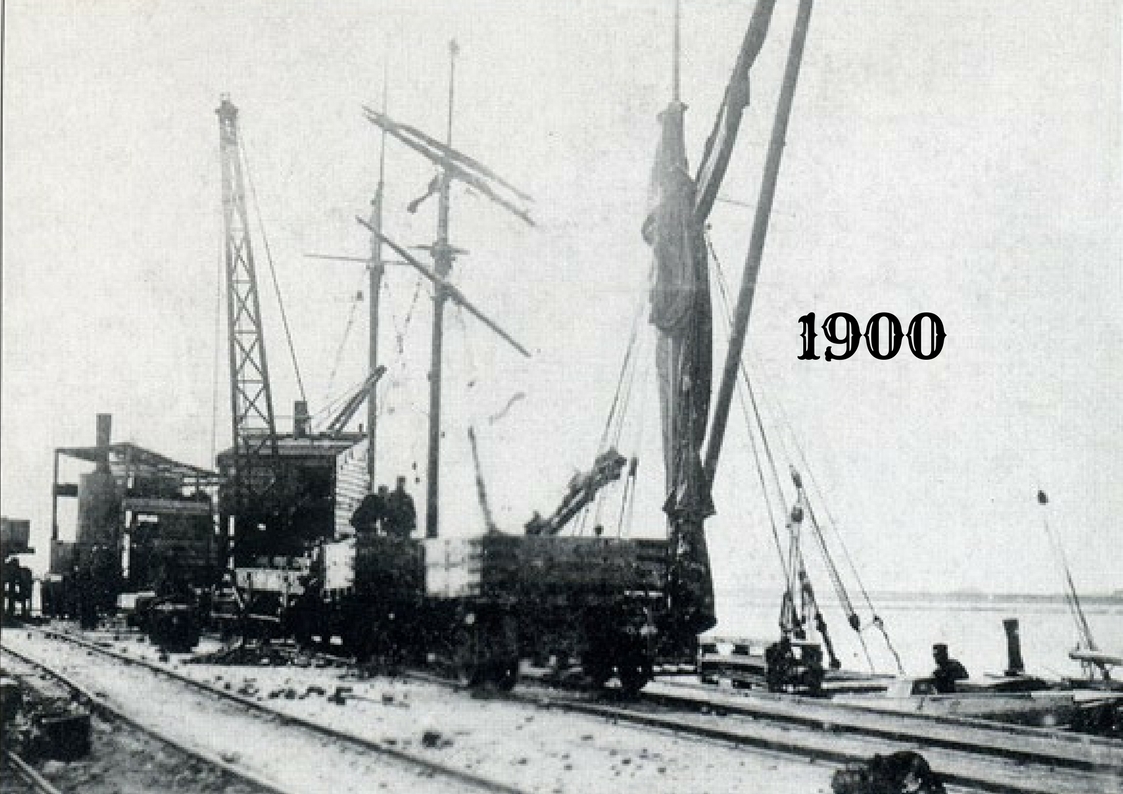
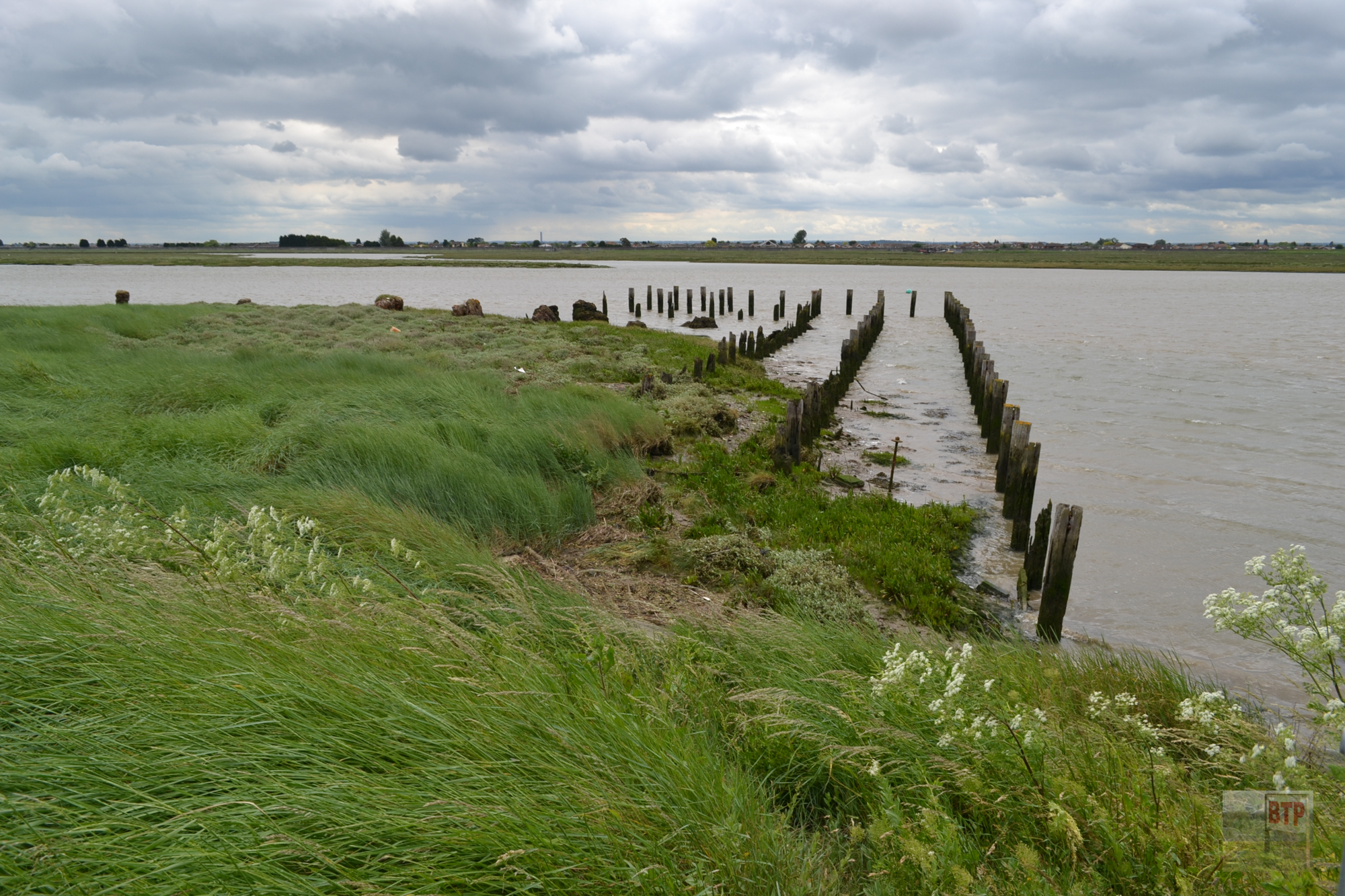
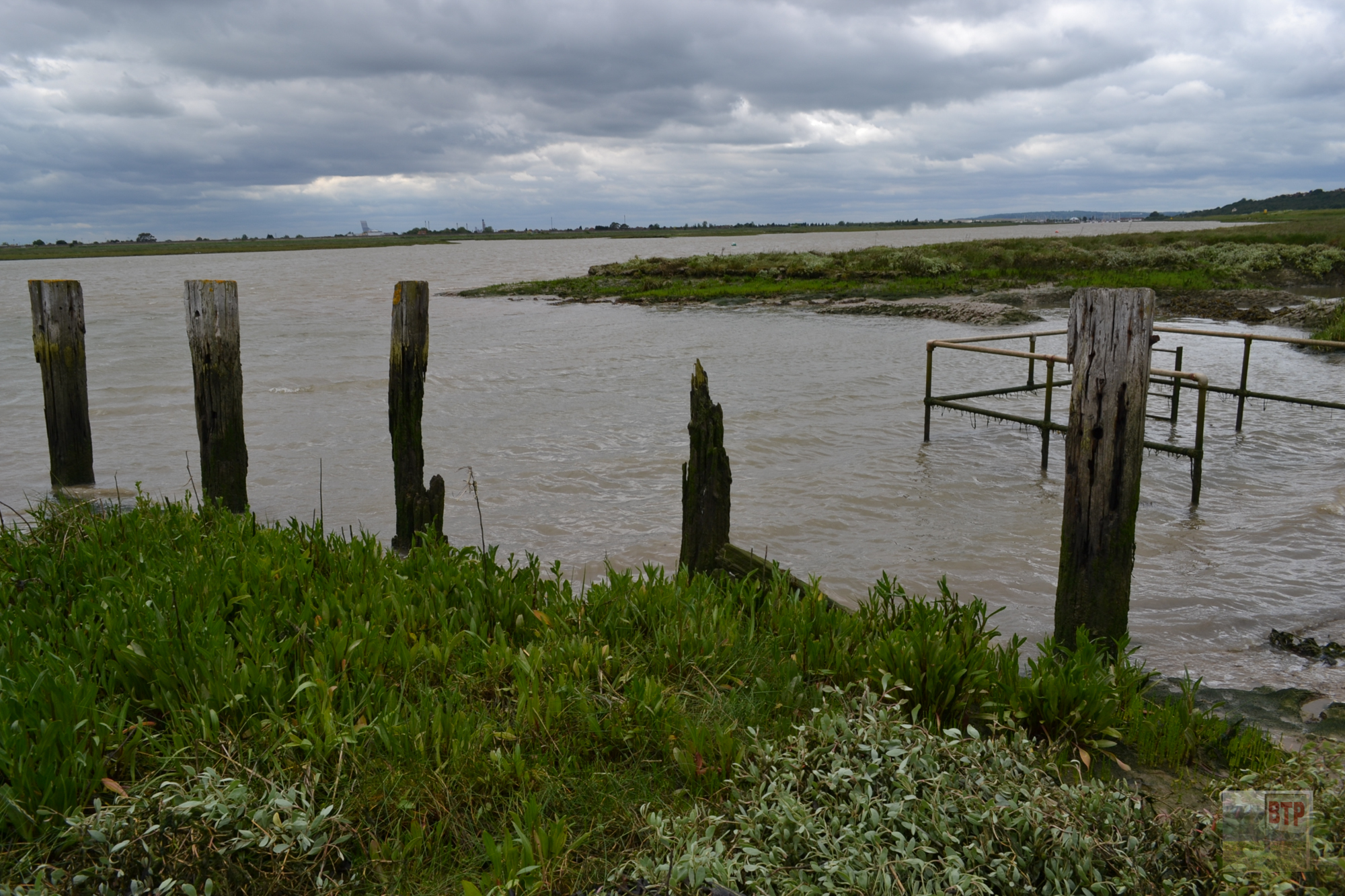
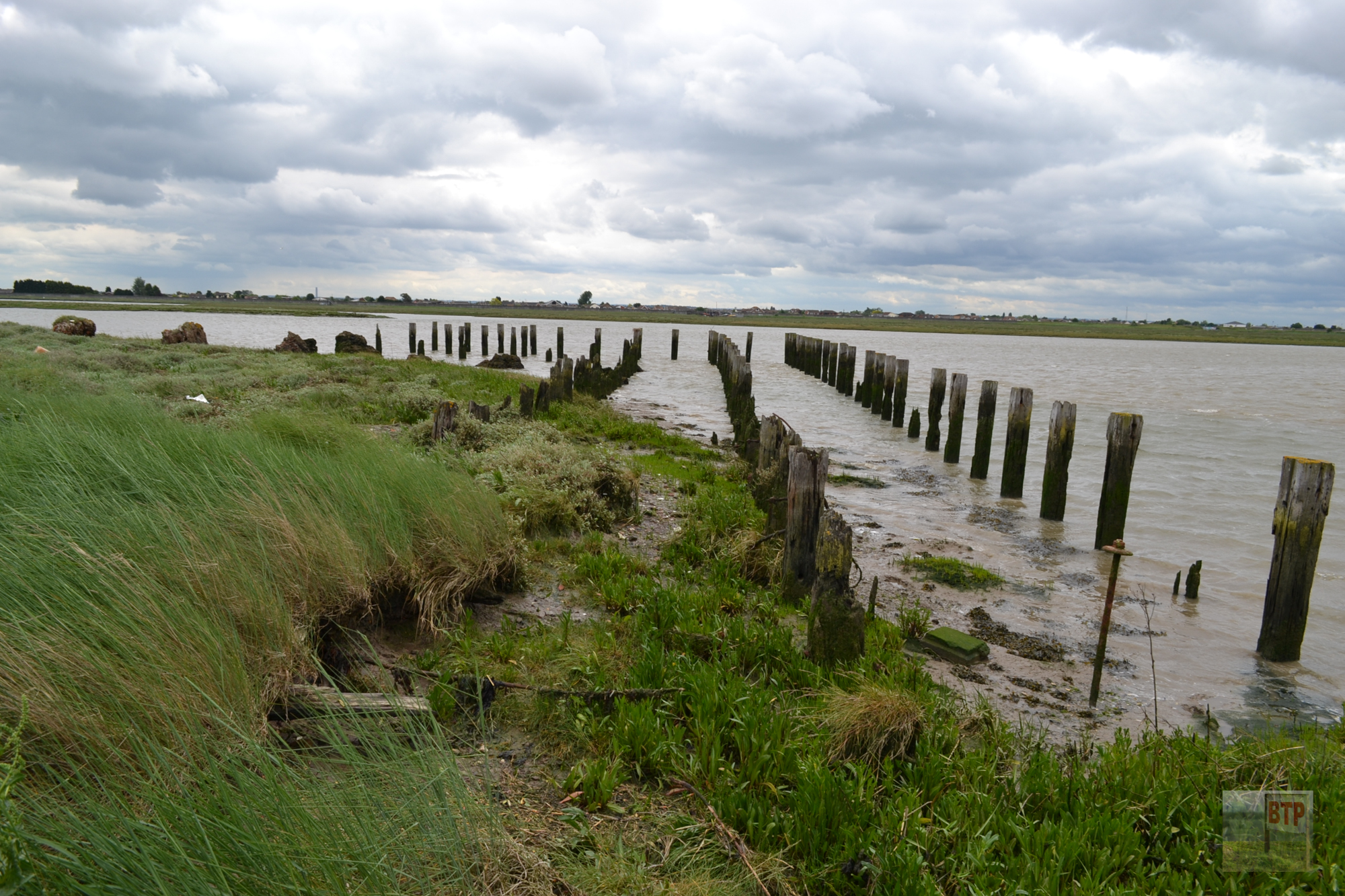
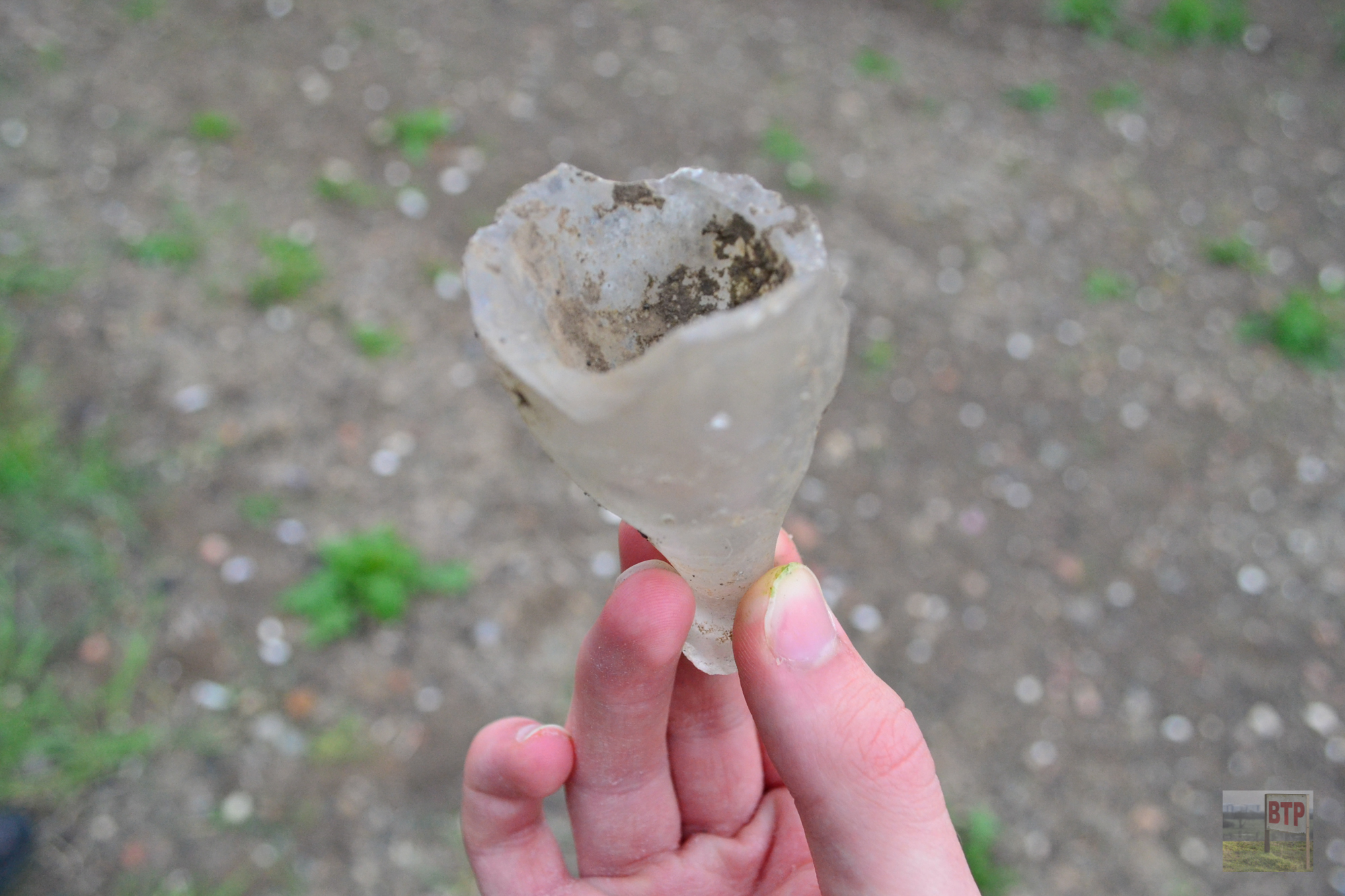
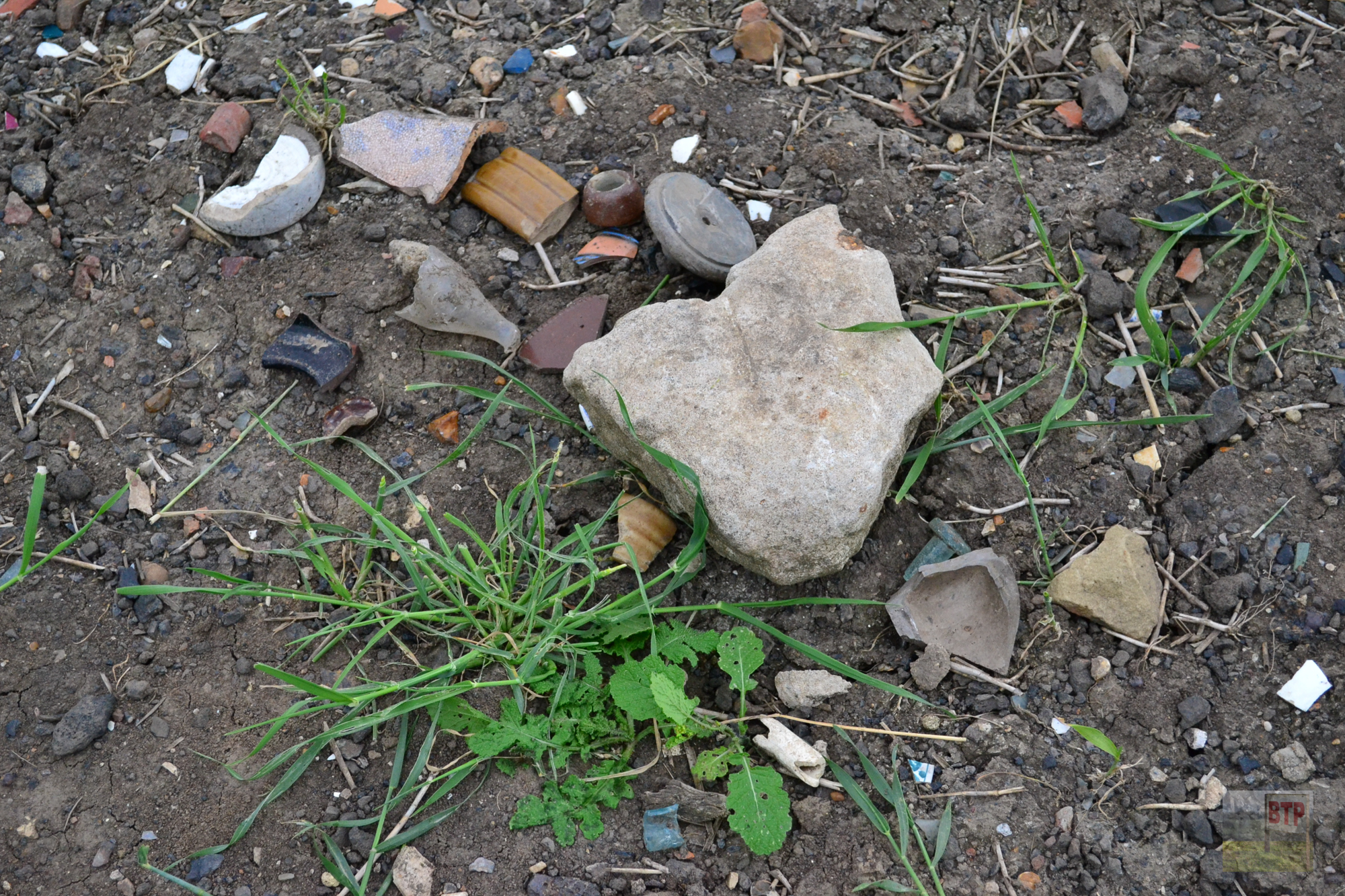
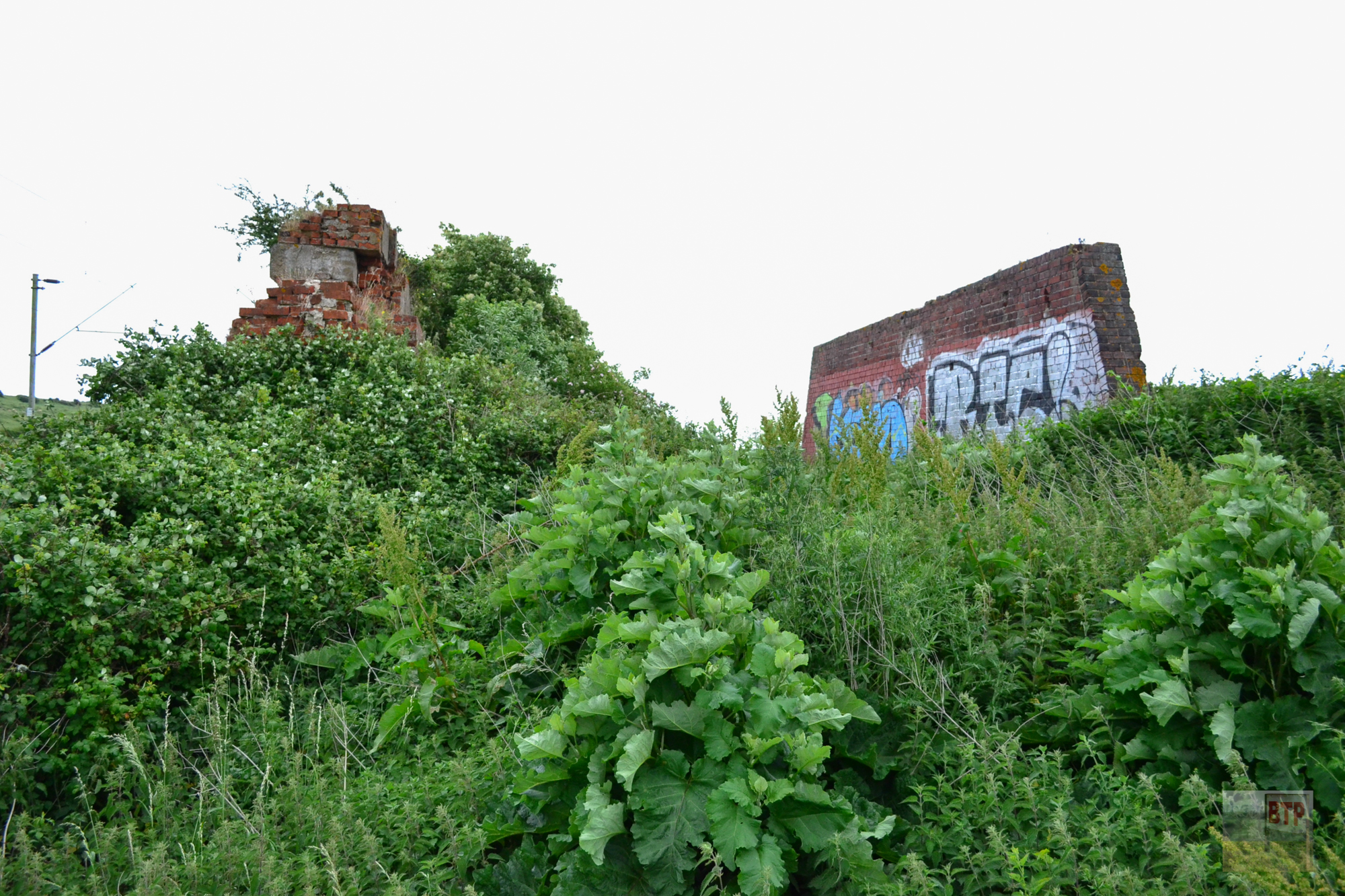
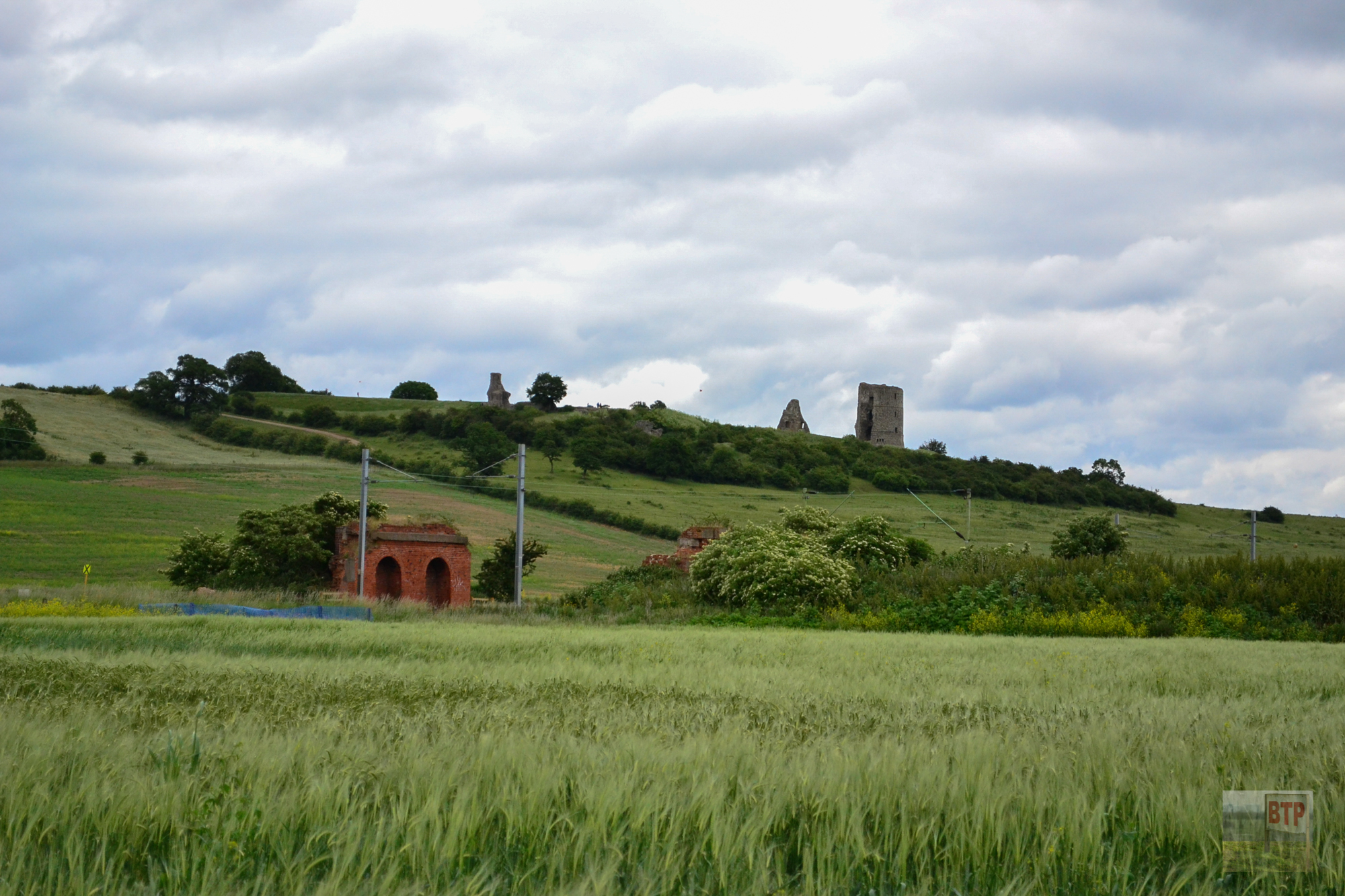
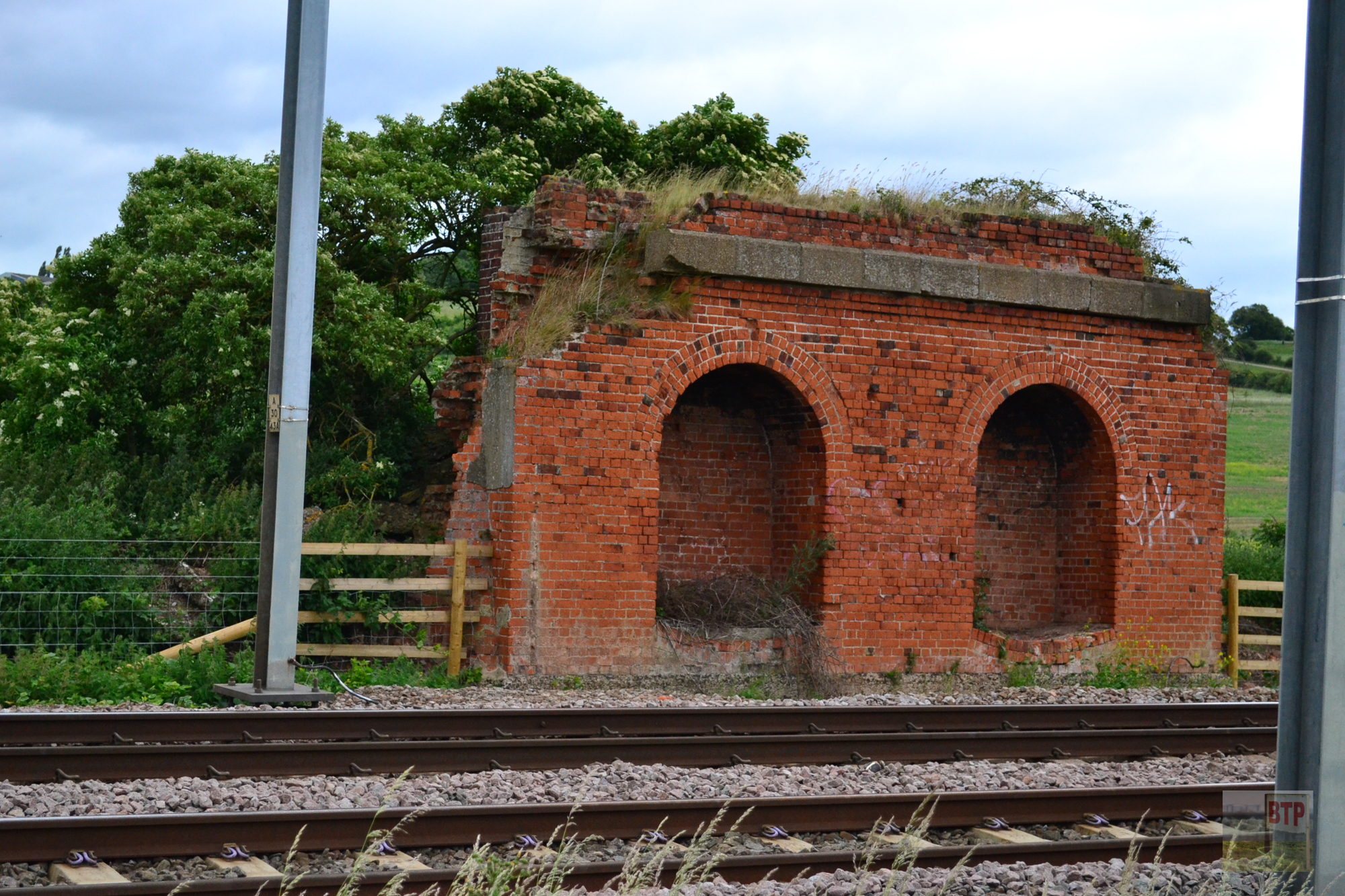
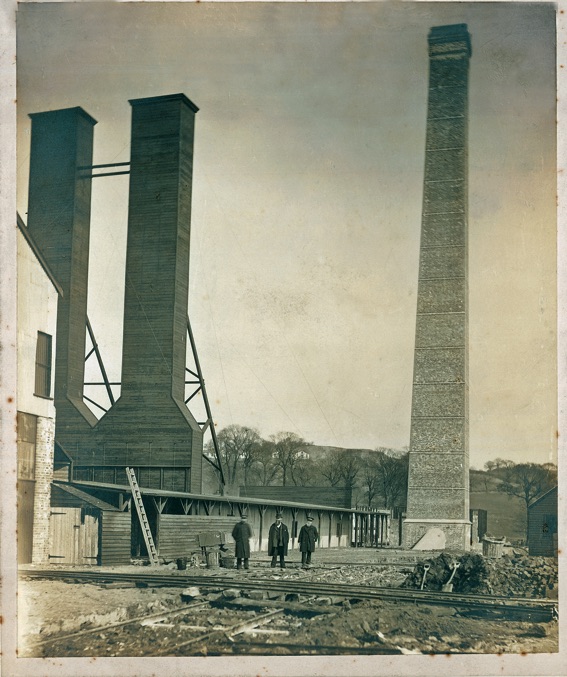
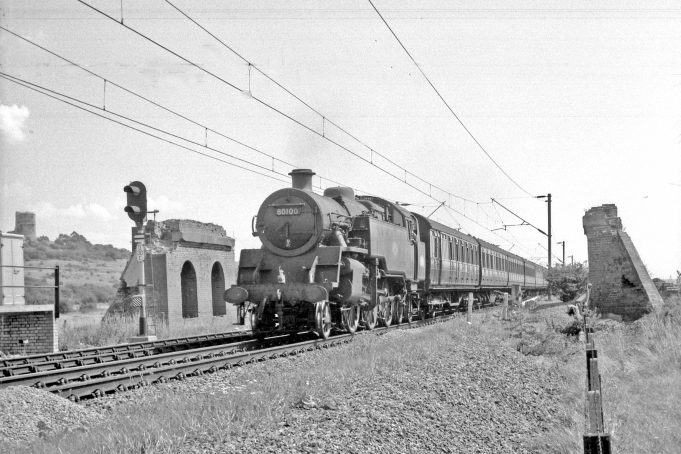
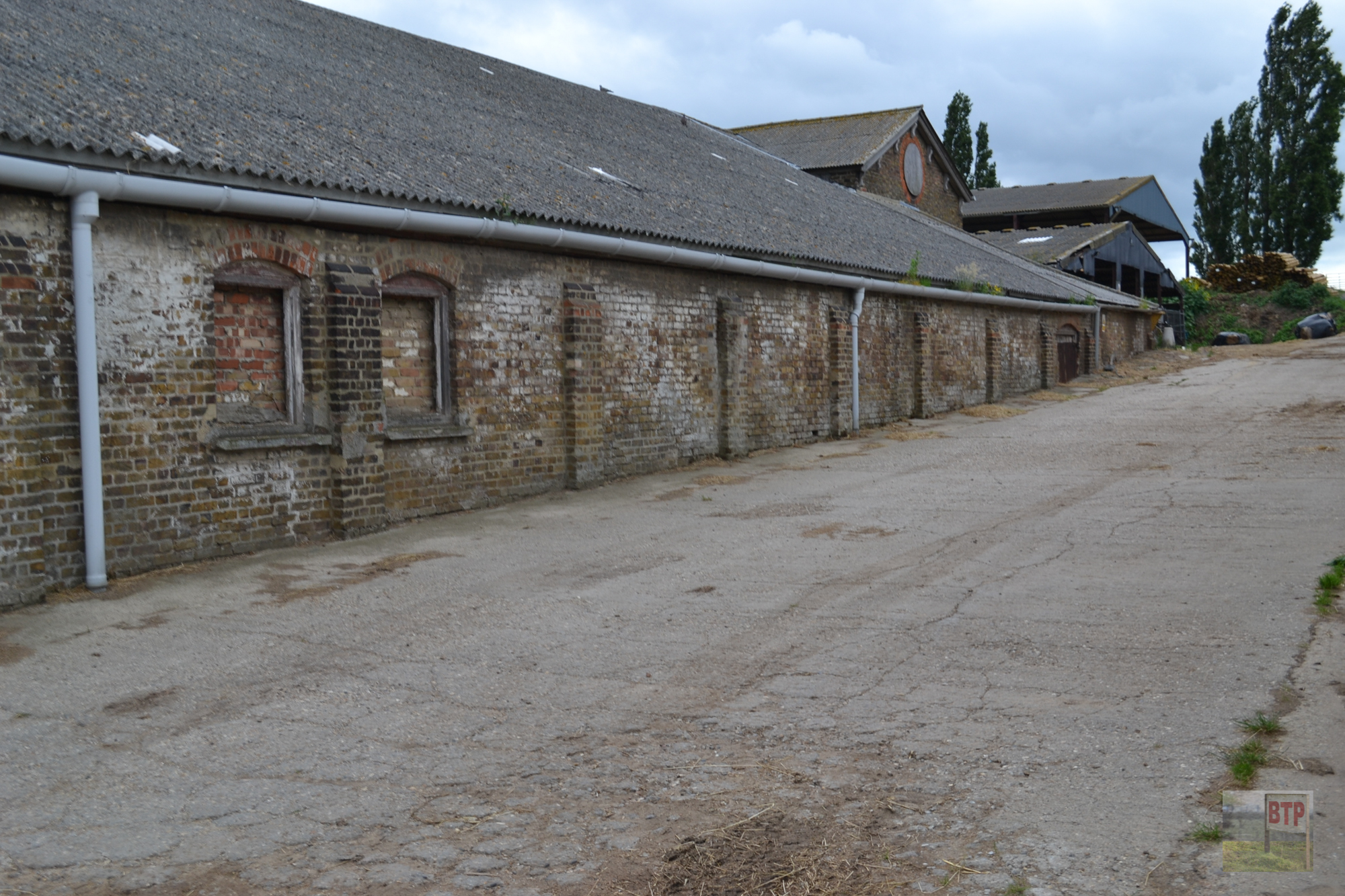
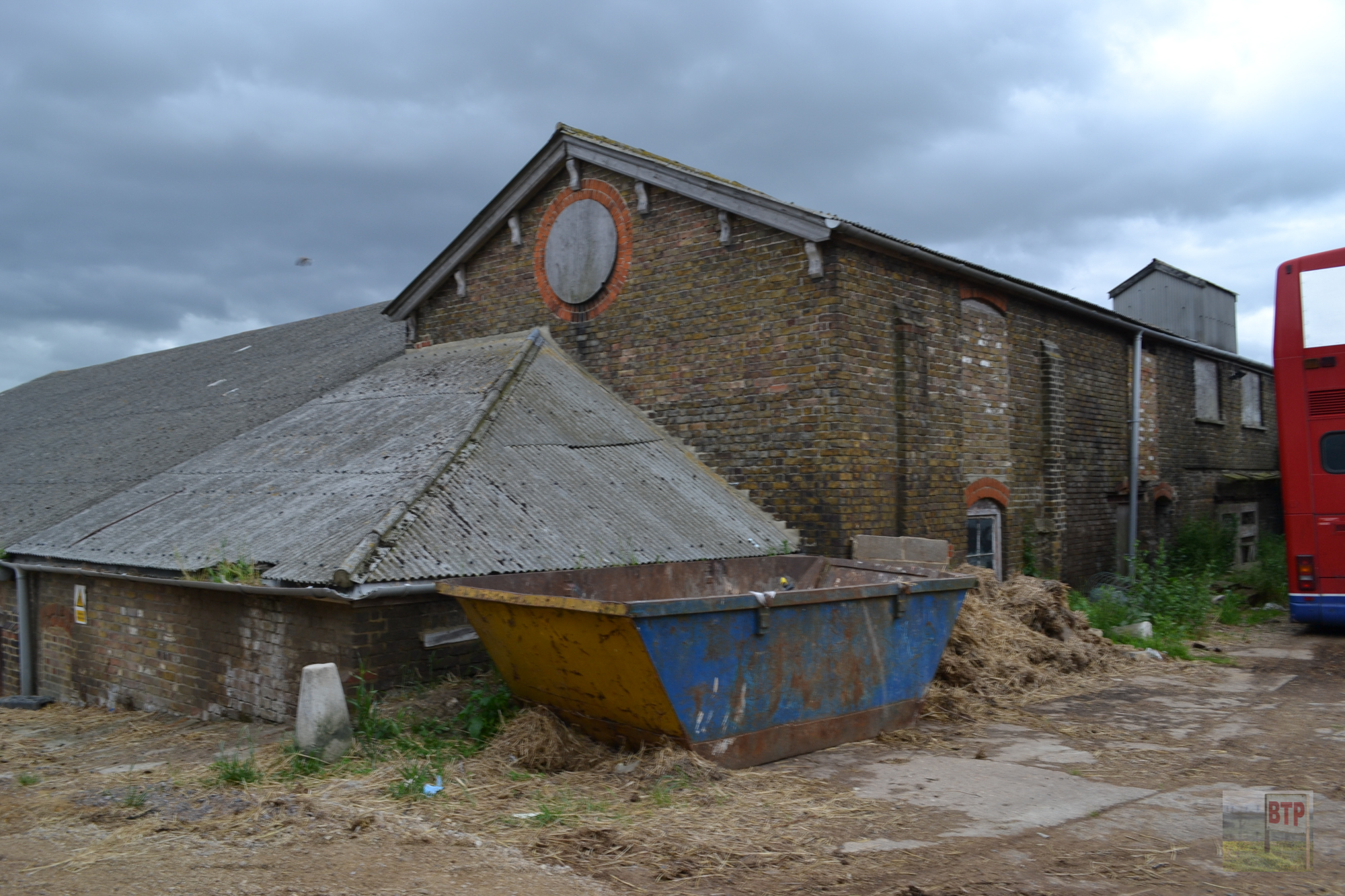
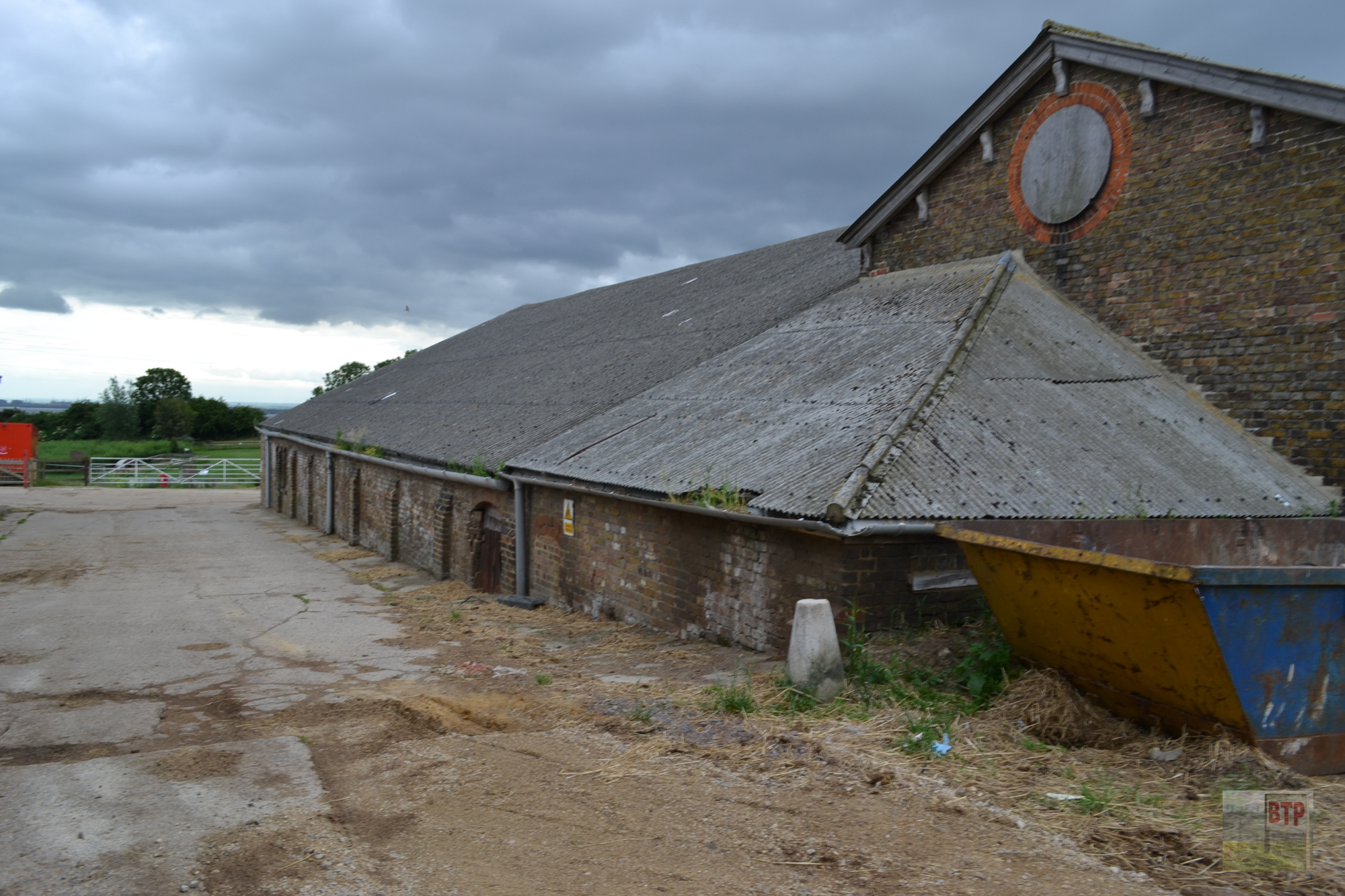
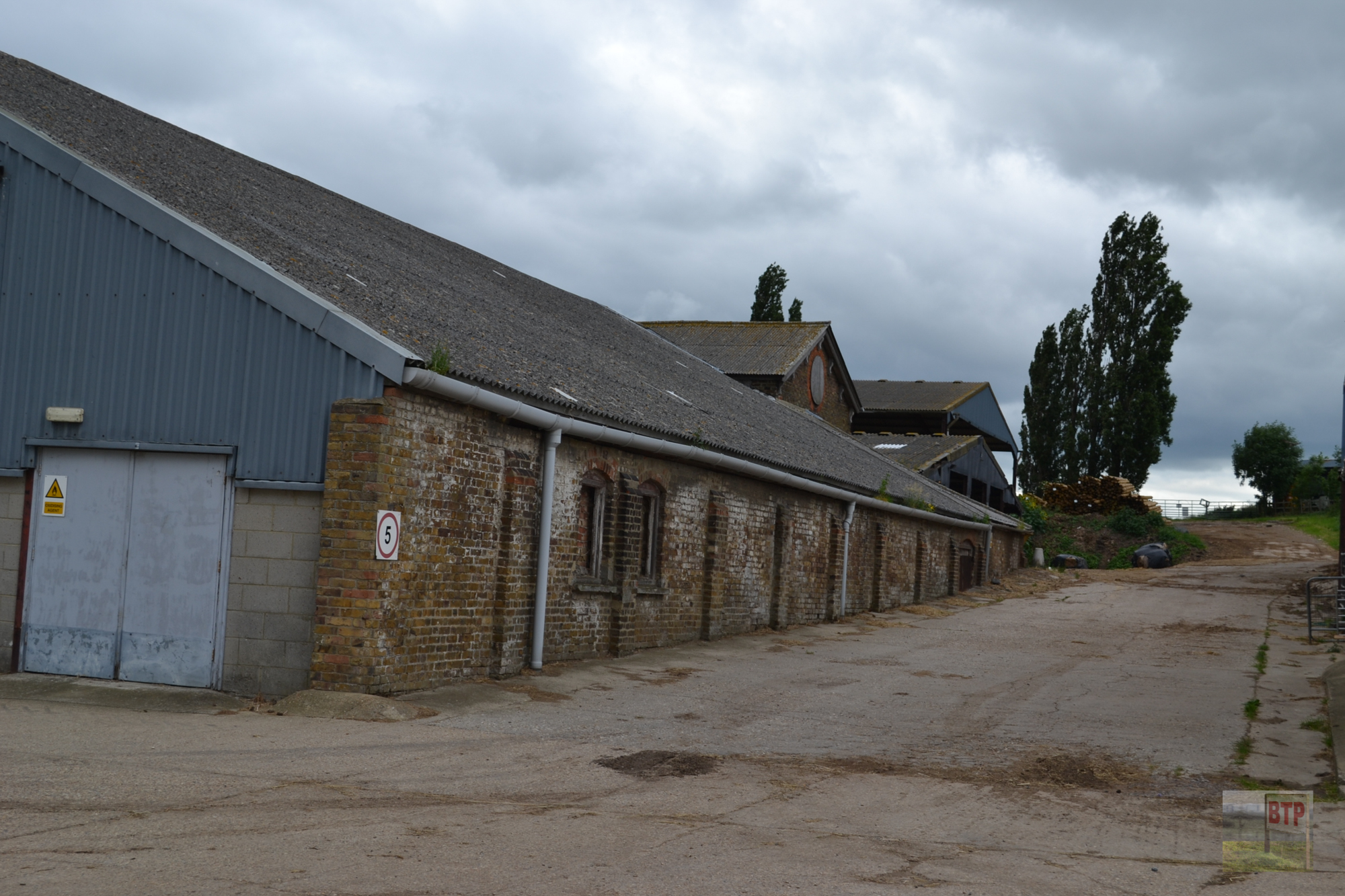
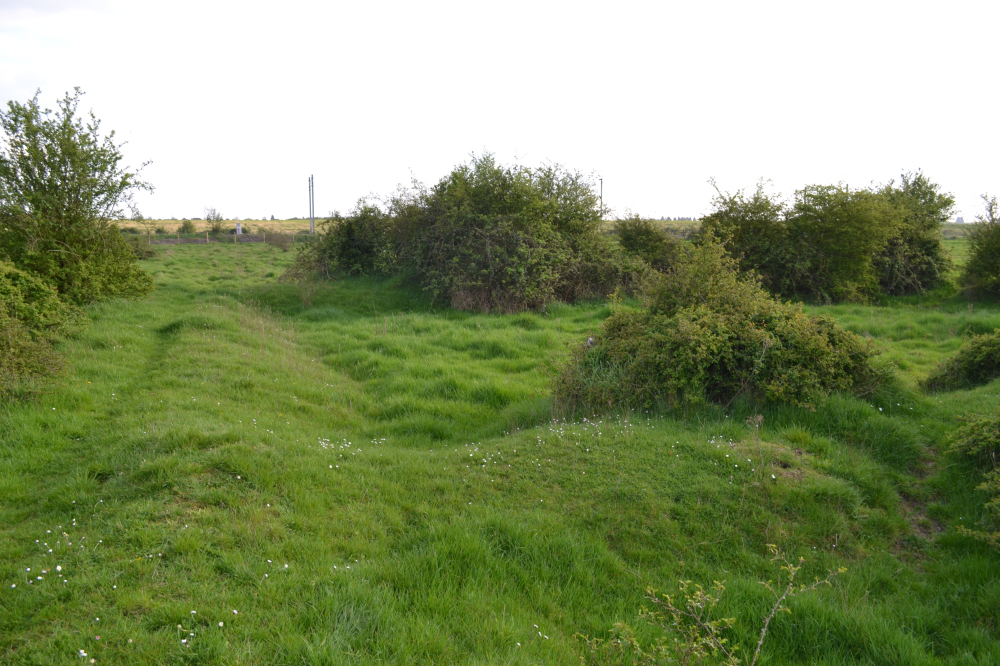
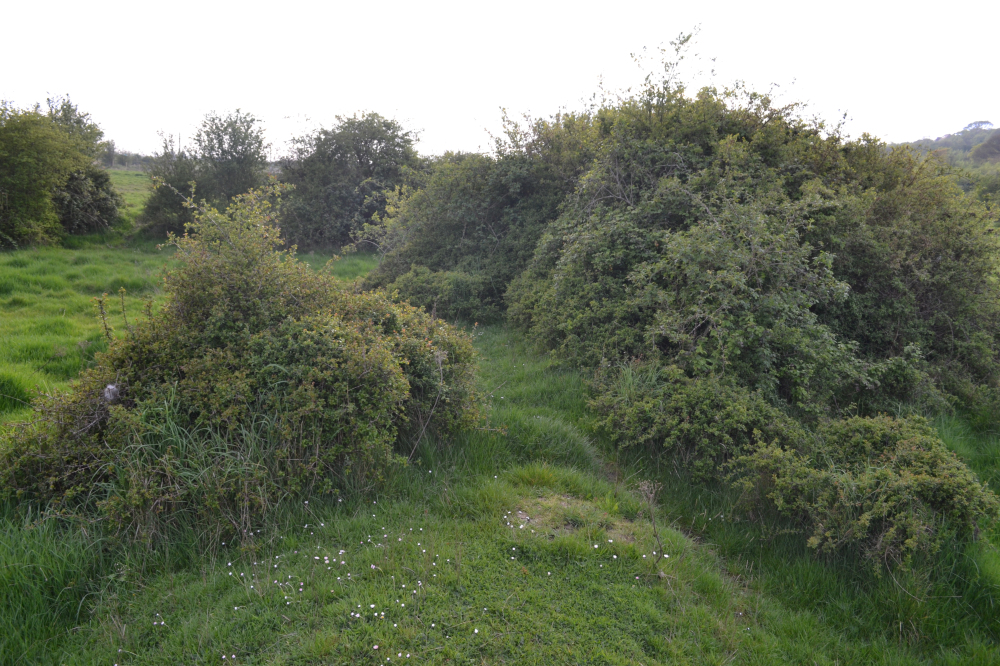
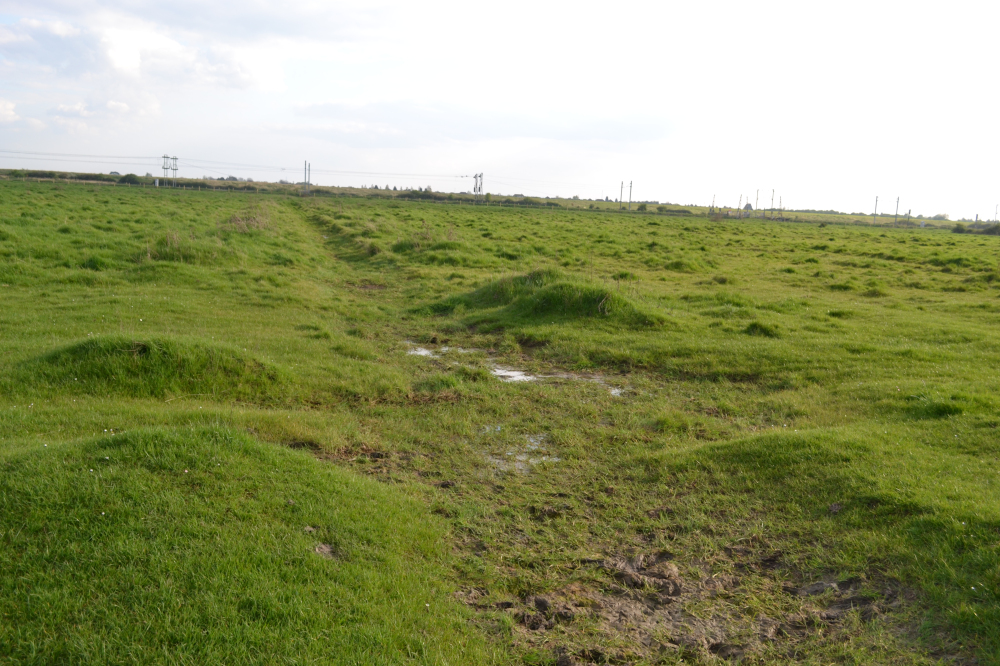
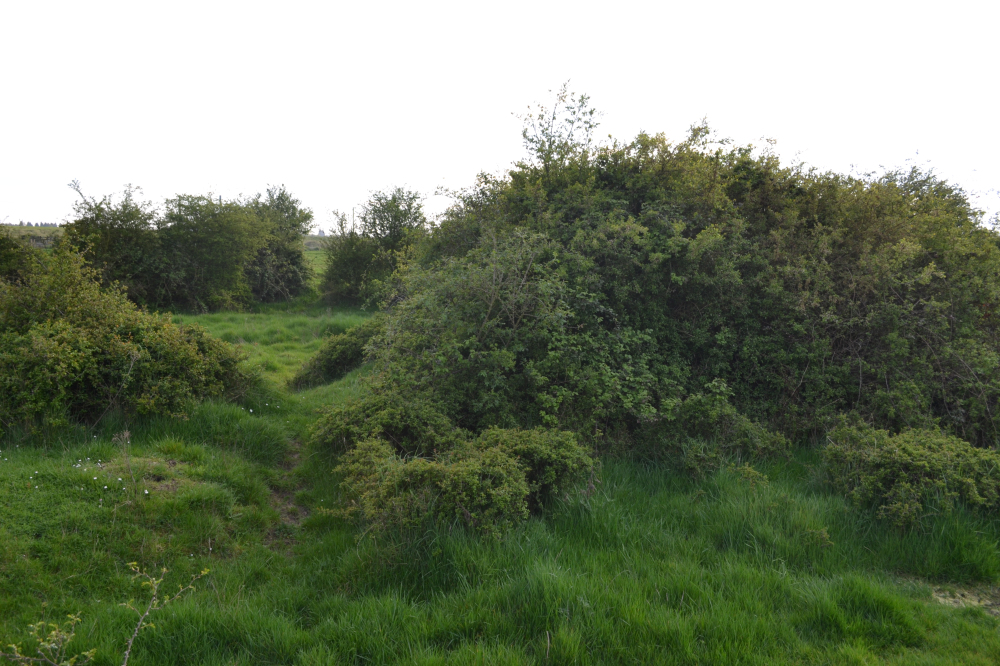
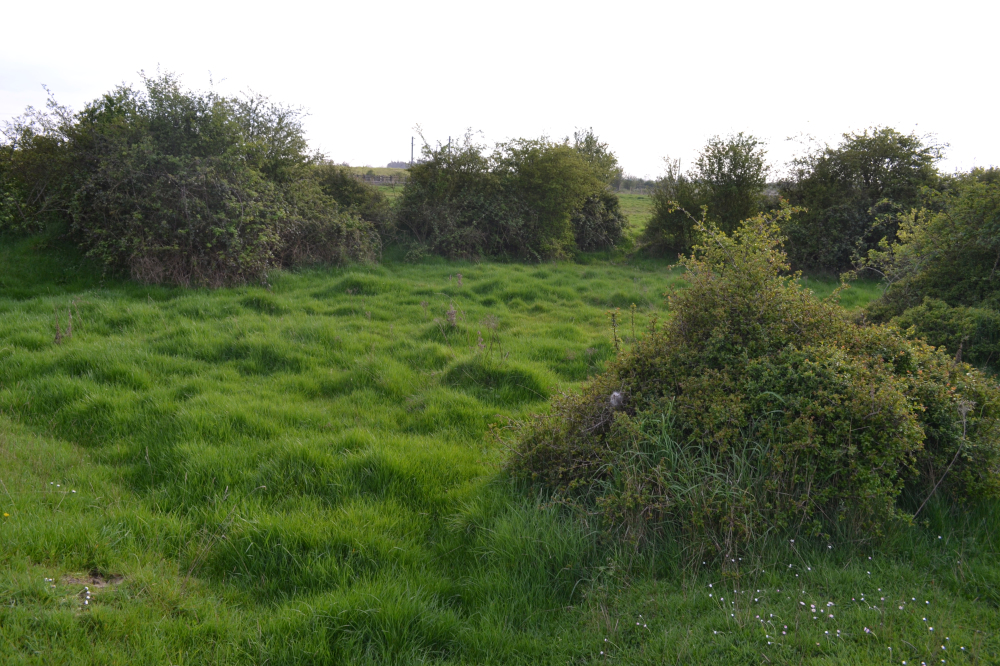
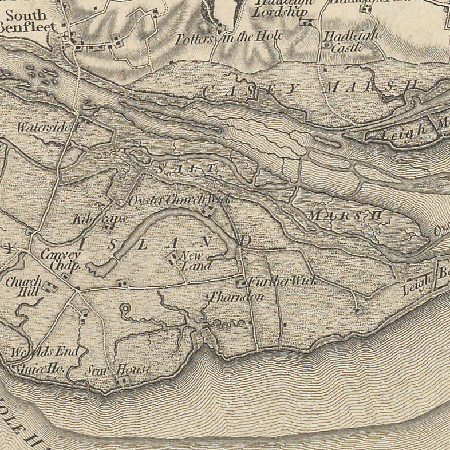

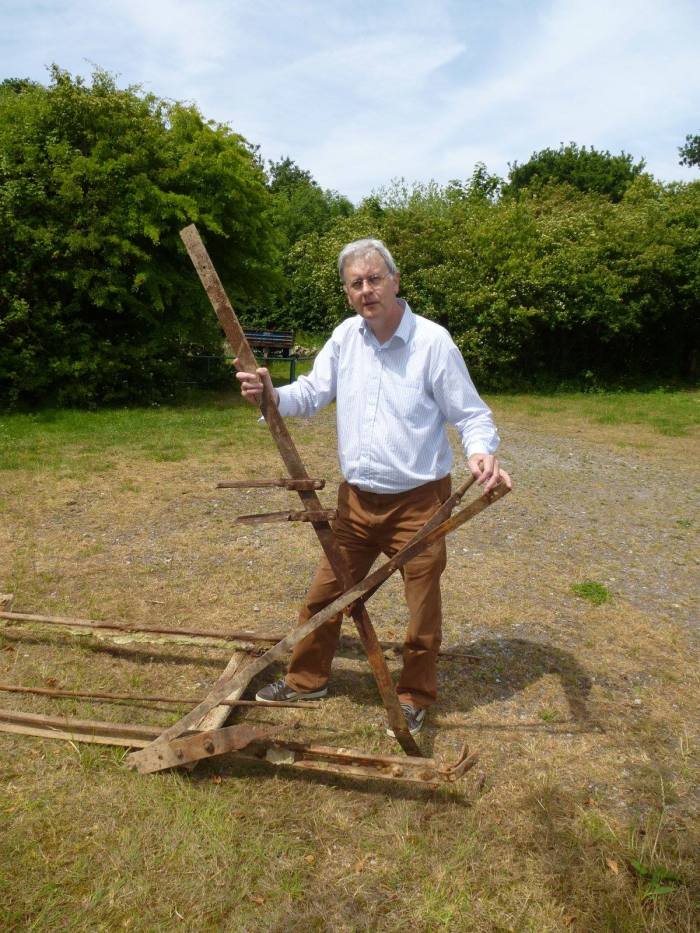
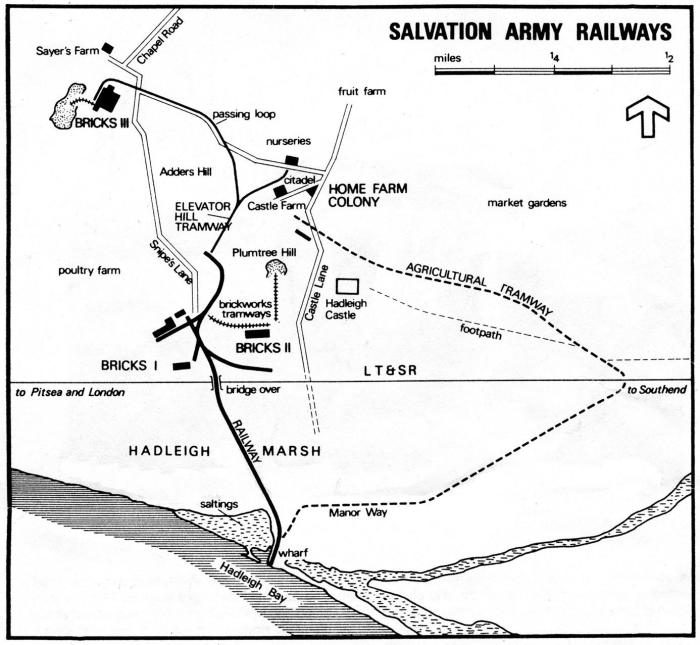
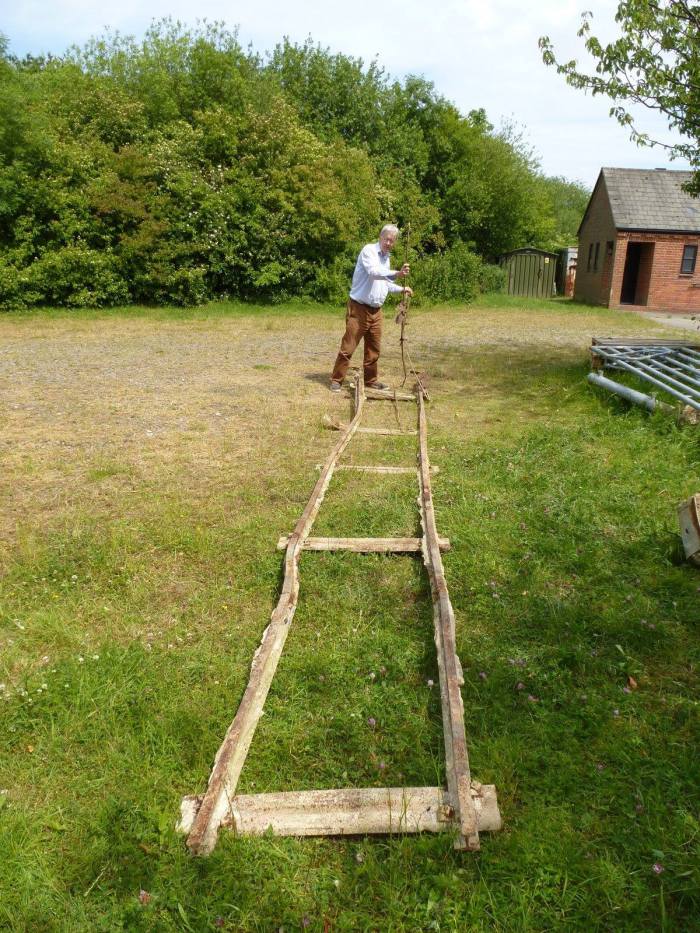



From Neville Andrews:
You mention the Victorian dump on the marshes. Was this a Victorian dump or was it part of William Booth’s scheme. The barges coming to the Farm Colony from London were not simply there to take bricks and produce to the markets. They also brought horse manure and rubbish from the London streets. The manure was used on the farm, whilst the rubbish that could be burnt was used to fire the brick kilns. We still have several earthenware bottles at the farm that are intact from various manufacturers of soft drinks including R Whites lemonade and Wollend and Woflsen gingerbeer.
There is more to this than simply a Victorian dump. The Salvation Army brought the rubbish from London on the barges. What rubbish could be burnt was then used to fire the brick-kilns. What rubbish could not be burnt was used as ‘hard core’ for various works including the building of the ramparts either side of the bridge that took the Salvation Army’s railway over the LTSR as well as some of the paths that were laid on the farm for the colonists. Evidence of this was found on the farm as recently as 2012 when works t improve the paths in the Rare Breeds Centre was started and some of the original paths were uncovered. The Salvation Army were well known in the late 1800’s and early 1900’s for organising teams to go round the streets of London collecting various items of used clothing and furniture which would then provide work for those finding shelter in Salvation Army hostels. Further information can be found in Hadleigh Salvation Army Farm: A Vision reborn. Although currently out of print, copies are still available on Amazon, and an updated version which includes information regarding the 2012 Olympics event and legacy, as well as the restoration of Park Farm house is due for release later this year.
In the 1970s there was a large lake next to the viaduct. It was filled in so that we could use the land for farming, however, it was not filled in from the ‘dump’ (there was no dump – see earlier replies), but from rubble that was left following the demolition of the original brick works which were situated just the other side of the bridge. It is quite possible that the lake was man made, either as a source of water for the brick works or from one of the clay pits had filled up with water.